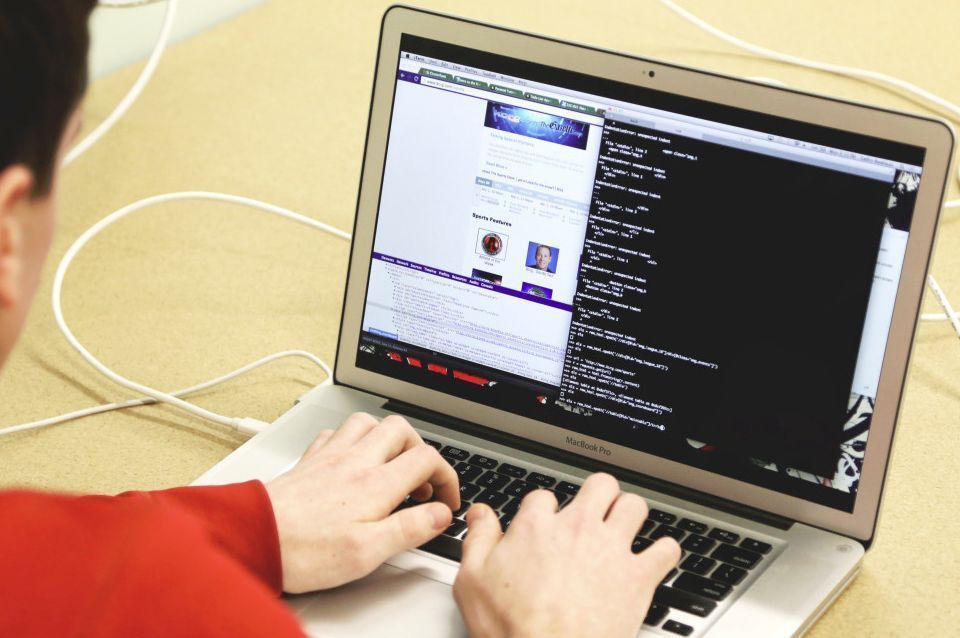In small projects or projects with small budgets where the designer is the developer or vice versa, there is a chance you will to end up with a less attractive site. This happens because the developer needs to move on to other features of the project and cannot stop for a moment to concentrate in web design, especially when there is a deadline to meet and there is nobody to help. In general, some developers do not like to design and they just code or drag buttons to the page without the care necessary to create a pleasant looking application.
In this article, we are going to cover the importance of a well designed and good looking application and why we should consider always creating beautiful websites and interfaces. In the book, The Essential Guide of User Interface Design, which I consider a bible in the topic, Galitz states the following as one of the general principles of UI design:
“A design aesthetic, or visually pleasing composition, is attractive to the eye. It draws attention subliminally, conveying a message clearly and quickly. Visual appeal makes a computer system accessible and inviting. A lack of visually pleasing composition is disorienting, obscures the intent and meaning, and slows down and confuses the user. Research has shown that people perceive more-aesthetic designs to be easier to use than less-aesthetic designs”
— Wilbert O. Galitz
This principle is more related to the attraction of the users to the beauty which improves productivity in long term (Galitz 2007). For example, the author points out “a lack of visually pleasing composition is disorienting, obscures the intent and meaning, and slow down and confuses the users” (Galitz 2007). A good example is the use of proper whitespace between elements to create a sense of relation between them. If the elements are close, they are related, and if they are far it means they are not related. We can see this in toolbars where copy and paste buttons are next to each other.
That no only happens with regular users; seasoned designers also cannot concentrate on doing their tasks because of the look and feel of the page. Jeffrey Zeldman calls it Designer Blindness, which is the lack of interests or concentration on doing the tasks or find the information when the user interface or website is not well designed.
But lets go a little further into the topic. Ugly websites and interfaces also implies neglect, lack of budget and poor skills. For example, if a website whose design looks like it is from 1999, I bet that you will feel that you are visiting an outdated website and without scanning or reading you may think that the content is not very useful. Furthermore, even if you try to find the information, it would be hard to find because the ugly design takes over the content.
We all know that all depends on the budget. A cheap looking website means that you hired the cheapest talent possible with the fewer resources. That translates into a usability nightmare because users cannot perform their tasks with ease. If a website or application is designed properly, it inspires trust that the company knows what they are doing. Remember that those ugly websites look very similar to scam websites and people may be afraid to click or submit any type of information.
Another issue with bad designs is that also implies what is behind. Taking the the same example of the 1999 website, the design may give clues of how it is built. The design may imply that the backend is not well done and it is using outdated technology and practices. This is very dangerous especially with the security of your application. Nobody will enter their personal information into a bank’s website which has a horrible design because no matter how well your application works in the backend, the user interface says otherwise.
Conclusion
Even if your application does not have bugs or it is very secure, the face of the application or website is the user interface and if this is not well designed, most users would take care the time to learn it. There are always alternatives to your application and if the other alternatives offer better interfaces, you would not be on the side of the winners. The use of aesthetics in an application is as important as the code solving the problem.
References
- Galitz, Wilbert O. The Essential Guide to User Interface Design: An Introduction to GUI Design Principles and Techniques. Indianapolis, Indiana: Wiley Publishing, 2007.
- Designer Blindness by Jeffrey Zeldman, 2014


